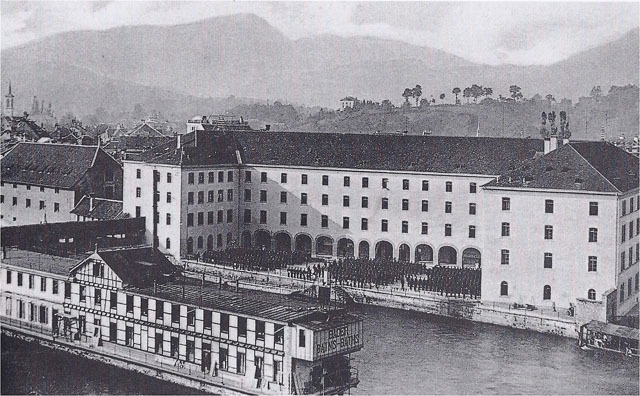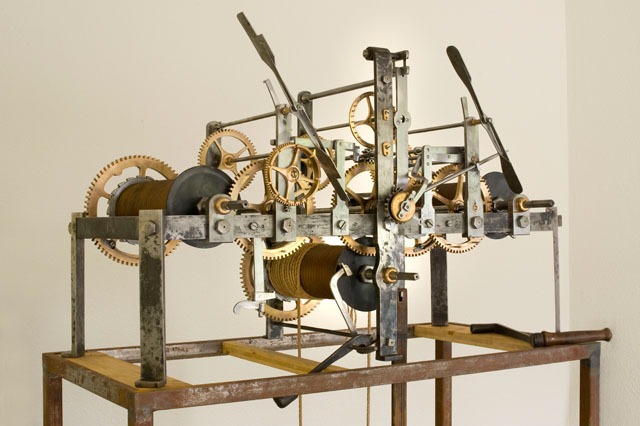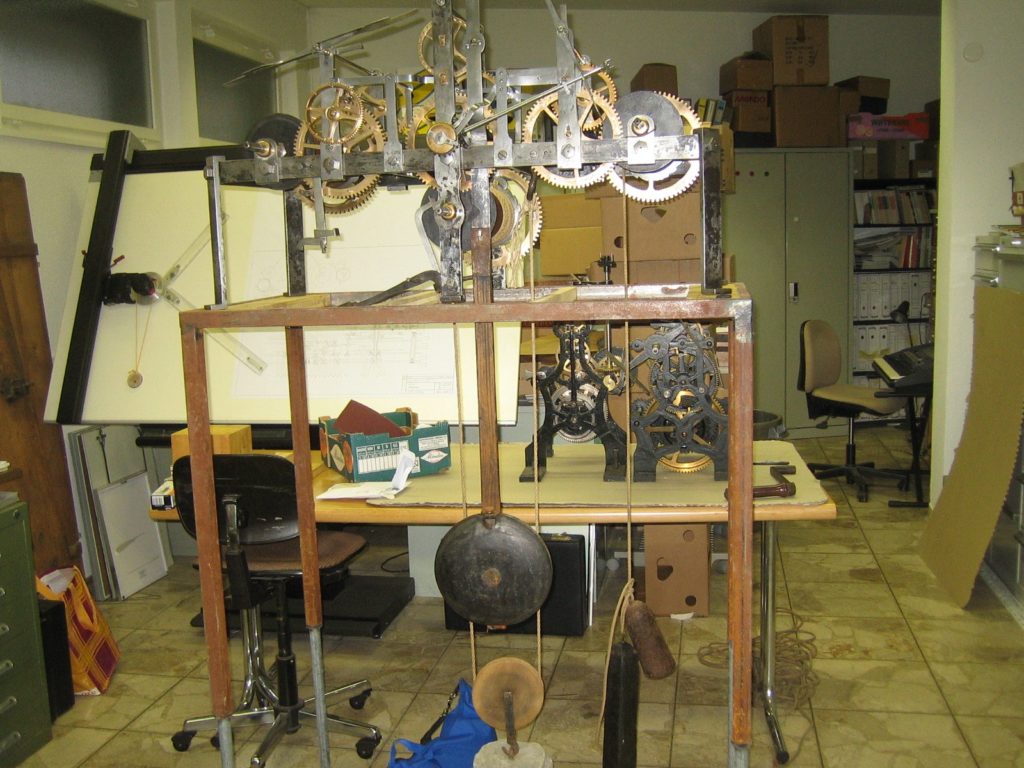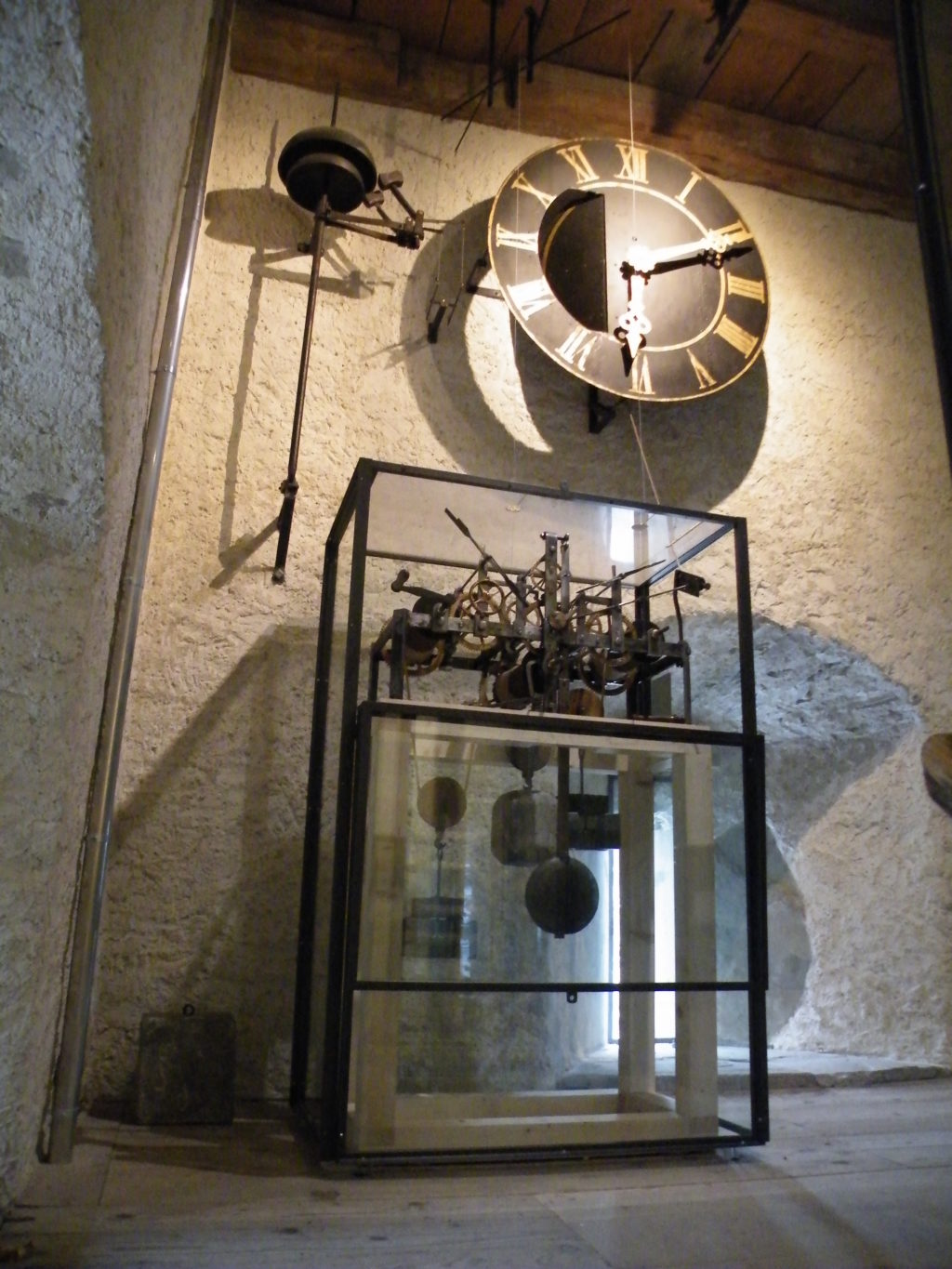
The clock of the Old Barracks
Between 1861–1863 infantry barracks were built on the so called Kurzweilplatz or Leisure Square (today: Kasernenplatz) where until the beginning of the 19th century the hog market and the fair were held and the occasional travelling circus stopped to perform.
The building sites were made available by the City of Lucerne free of charge in order to promote the building of the infantry barracks. The three winged building was modelled after German standards of the 19th century. Johann Kaspar Wolff designed the plans; Gustav Mossdorf, a local architect („Gotthard building”), signed responsible for the construction. In the beginning the infantry barracks offered accommodation for 1111 soldiers and the building was used until 1935 in this capacity. In the 60s of the 20th century the building was used as provisional school for the lower grade secondary school of the canton but was then demolished in 1971; today on Kasernenplatz you will find the motorway interchange. The former orphanage, a building in Classical style by Josef Singer, was rebuilt on the site of the infantry barracks and today houses the Museum of Natural Sciences.
The clock-maker Leonz Suter from Kleewald, Rothenburg LU, designed the clock for the infantry barracks on Kasernenplatz in 1862. The movement was manufactured in a period of transition between hand crafted and industrially produced clocks. The balancing weight of the minute hand is arranged hidden behind the clock-face.
The rescue of the clock in 1971 was quite fantastic. The old barracks had been prepared for blasting. The explosives expert, two assistants and Franz German, the manager of the real estate portfolio of the hospital of the canton of Lucerne, were sitting within sight of the barracks at the restaurant “Galliker” on Kasernenplatz having drinks together after work. German asked about the clock of the barracks and the explosives expert told him that he would be welcome to dig it out from the rubble after the blasting on the following day. But German decided to dismantle the beautiful clock of the old barracks on the spot with the helping hand of four hospital co-workers. And so the clock was saved.



